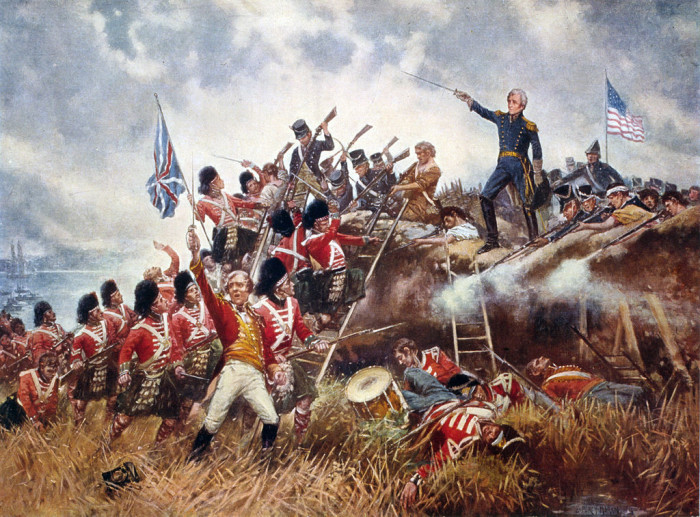
“Peter Doyle’s new book explores the objects we associate with the conflict – and some that still surprise us today.”
 As one writer has put it ‘objects hold within themselves the worlds of their creators’. Representing a time capsule, each object is a direct link with the war, each one with a unique story that is there to be interpreted. Peter Doyle’s new book, First World War in 100 Objects, published by the History Press in Britain and Plume in the U.S., explores the objects we associate with the conflict – and some that still surprise us today. The U.K.-based author, historian and battlefield archaeologist shares with MilitaryHistoryNow.com three of the objects showcased in his book. Enjoy!
As one writer has put it ‘objects hold within themselves the worlds of their creators’. Representing a time capsule, each object is a direct link with the war, each one with a unique story that is there to be interpreted. Peter Doyle’s new book, First World War in 100 Objects, published by the History Press in Britain and Plume in the U.S., explores the objects we associate with the conflict – and some that still surprise us today. The U.K.-based author, historian and battlefield archaeologist shares with MilitaryHistoryNow.com three of the objects showcased in his book. Enjoy!
By Peter Doyle

Pickelhaube


Barbed wire
Barbed wire has become as much a metaphor for the suffering of the First World War as trenches and gas. For the soldiers themselves, the grim humour practiced in the trenches would include reference to missing soldiers ‘hanging on the old barbed wire’, incorporated in a popular ironic song: ‘If you want to find the old battalion, I know where they are, They’re hanging on the old barbed wire.’ This twisted, rusty sample of barbed wire was recovered from the Somme battlefield, where fragments of the battle are still to be found.

Identity bracelet
It was often the case that soldiers were unhappy with their simple identity discs. Would the army-issued tags be enough to identify them if killed? To maximize their chances, it was common practice for men to buy engraved or stamped discs from local entrepreneurs. This bracelet belonged to Private John Stevenson of the Canadian Army Medical Corps. It is made from the brass of a shell case, cut, smoothed and simply stamped to form a simple clasp. Punched into the band was one of the most significant dates in Canadian history, April 9, 1917, and one of the most significant places – ‘Vimy Ridge’. John Stevenson was a Private in the 6th Canadian Field Ambulance. Its War Diary for 9th April 1917 records the actions of Stevenson and men like him that day: ‘This is the day of our advance and we hear that we have been successful in taking VIMY RIDGE…. We searched the field, shell holes and dugouts [for wounded] and by 6:00 had all cleared.’ To many, Vimy Ridge represented the emergence of Canada as a nation. But Private Stevenson, a survivor of the attack, would never see his country again. He would die from wounds received in November 1918, eighteen days after the Armistice was signed that ended the war.
 Peter Doyle is a military historian and geologist, specializing in battlefield terrain. He is currently Visiting Professor at University College London. You can visit his website www.peterdoylemilitaryhistory.com or follow him on Twitter @ProfPeterDoyle
Peter Doyle is a military historian and geologist, specializing in battlefield terrain. He is currently Visiting Professor at University College London. You can visit his website www.peterdoylemilitaryhistory.com or follow him on Twitter @ProfPeterDoyle










That is not 100 objectx